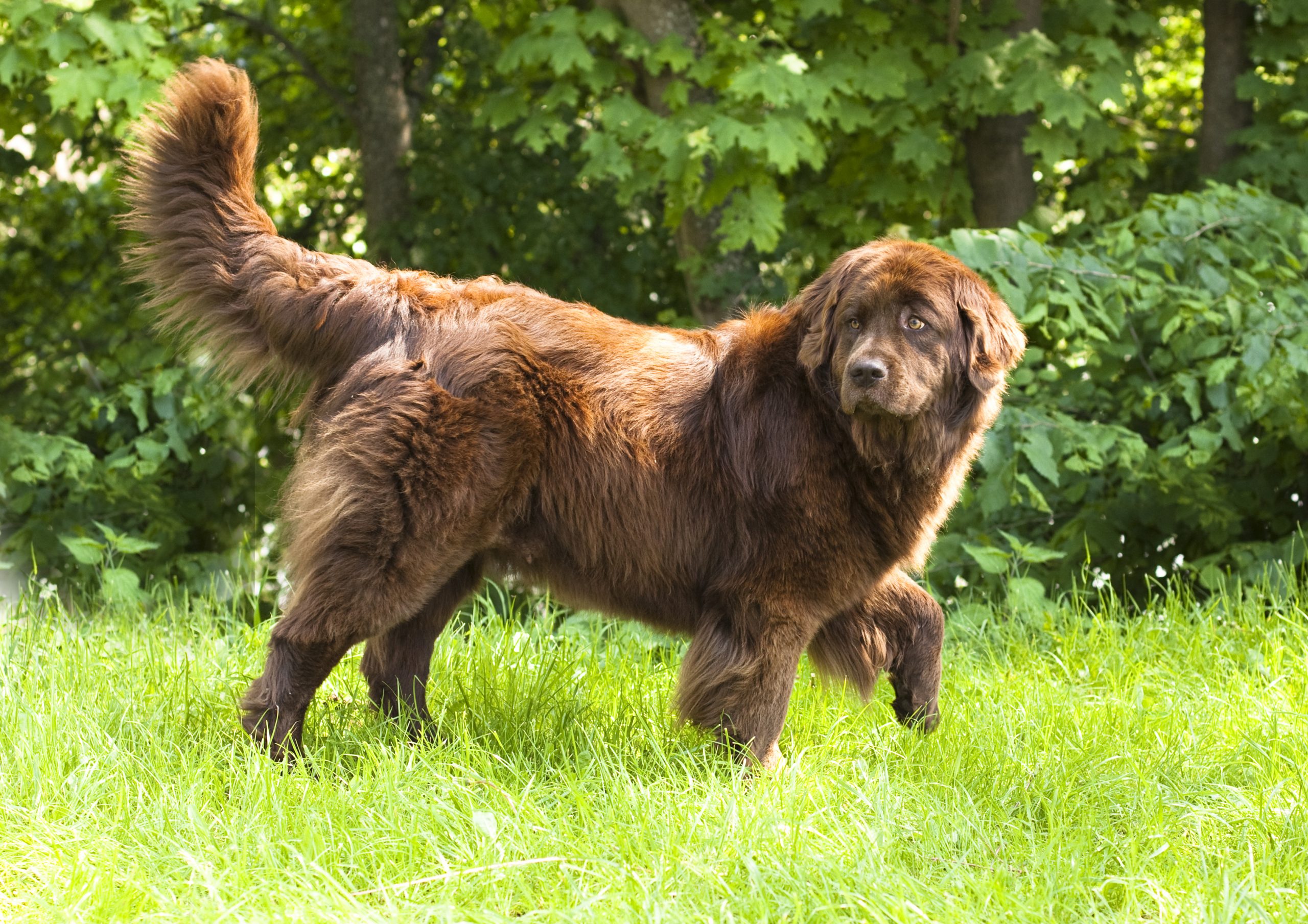Newfoundlands, affectionately known as Newfies, are a breed synonymous with strength, loyalty, and a gentle demeanor. Originating from the Canadian province of Newfoundland, these dogs were bred to help fishermen by pulling nets and performing water rescues, traits that highlight their incredible swimming ability and water affinity. With their massive size and thick, water-resistant coats, Newfoundlands are imposing figures, yet they are known as gentle giants due to their calm and friendly nature. Despite their well-documented history as working dogs, Newfoundlands display several unusual habits that can be both endearing and baffling to their owners. These behaviors are often linked to their historical roles but also reflect their unique personalities and physical attributes. This article explores seven of the most unusual habits of Newfoundlands, delving into the reasons behind each behavior and offering insights on how owners can effectively manage these traits.

1. Water Rescue Instincts
One of the most remarkable habits of Newfoundlands is their instinctive drive to perform water rescues. This behavior stems from their historical use in saving people from drowning, which they may attempt to replicate even in non-emergency situations. During family swimming sessions, a Newfoundland might gently try to pull people to safety by grabbing their arms with their mouth, mistaking playful swimming for distress. Training and close supervision are essential to manage this instinct, ensuring that it does not become problematic or dangerous during recreational activities in the water.
2. “Nanny” Behavior with Children
Newfoundlands are famously good with children, often displaying a protective and nurturing attitude towards them. This “nanny” behavior includes watching over the children vigilantly and positioning themselves between the child and any perceived threat. While this can provide a reassuring presence for parents, it’s important to educate children on how to interact safely with such a large dog and to monitor interactions to ensure they remain safe and positive for both the child and the dog.
3. Dribbling and Slobbering
Due to their large jowls, Newfoundlands are prone to dribbling water and slobbering, especially after drinking or eating. This can be somewhat messy, particularly in indoor environments. Keeping towels handy to wipe down their mouths and maintaining a dedicated water area can help manage this slobbery aspect of their behavior. Regular cleaning of their eating and drinking zones also helps maintain hygiene around the home.
4. Laying in Cold Places
Newfoundlands have a thick, double-layer coat that makes them well-suited to cold weather but prone to overheating in warm climates. They often seek out the coolest places in the home, such as tiled floors or shaded areas, to lie down. Ensuring they have access to cool resting spots and monitoring them for signs of heat stress during warmer months are important for their comfort and health.
5. Carrying Objects in Their Mouth
Newfoundlands have a gentle mouth and often carry objects around, a habit that likely originates from their retrieving roles. They might pick up and carry anything from toys to household items, showing a particular preference for carrying things when greeting people. While this is generally harmless, teaching them what is appropriate to carry and what is not is crucial to avoid any accidental damage or dangerous situations.
6. Digging Behavior
Despite their large size, Newfoundlands may engage in digging, which can be surprisingly destructive given their strength. This behavior might be a way to cool down by creating a pit to lie in or could be a leftover instinct from searching for objects. Providing a designated area for digging and ensuring they have ample cooling options and mental stimulation can help curb unwanted digging.
7. Quiet and Observant Nature
Newfoundlands are unusually quiet for a dog of their size, often observing their surroundings with a calm demeanor rather than reacting overtly to stimuli. This quiet and observant nature is a trait that aligns with their historical use in tasks that required patience and vigilance. While this makes them excellent companions, it is important to engage them in activities that stimulate both their mind and body to keep them active and healthy.
Newfoundlands are a breed that combines physical prowess with a kind and gentle heart, showcased through their unusual habits. Understanding these behaviors is essential for providing a nurturing environment that meets their needs. By accommodating their natural instincts and managing their unique habits, owners can ensure that their Newfoundland not only thrives but continues to be a beloved and valued member of the family.
 Toledo, United States.
Toledo, United States.